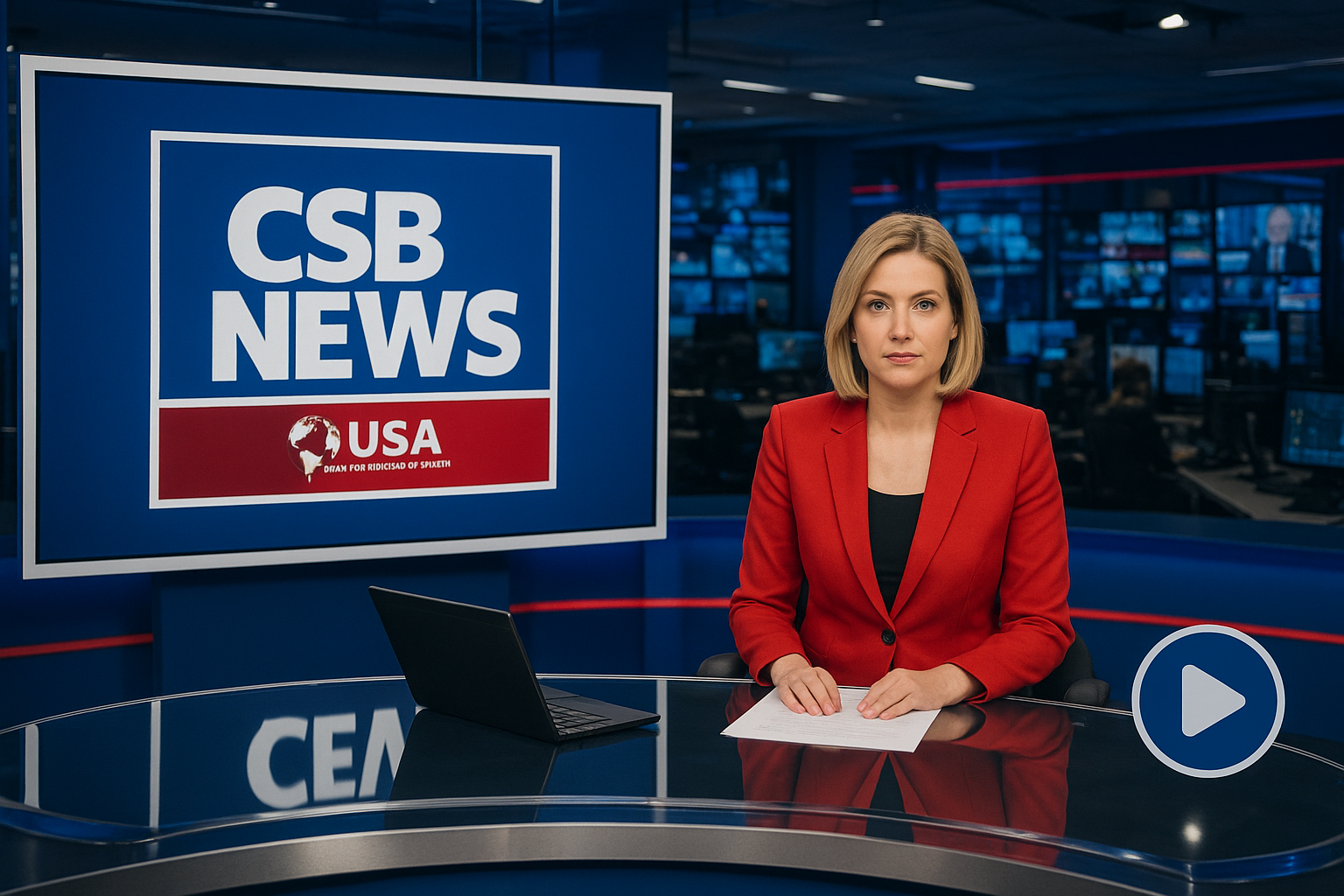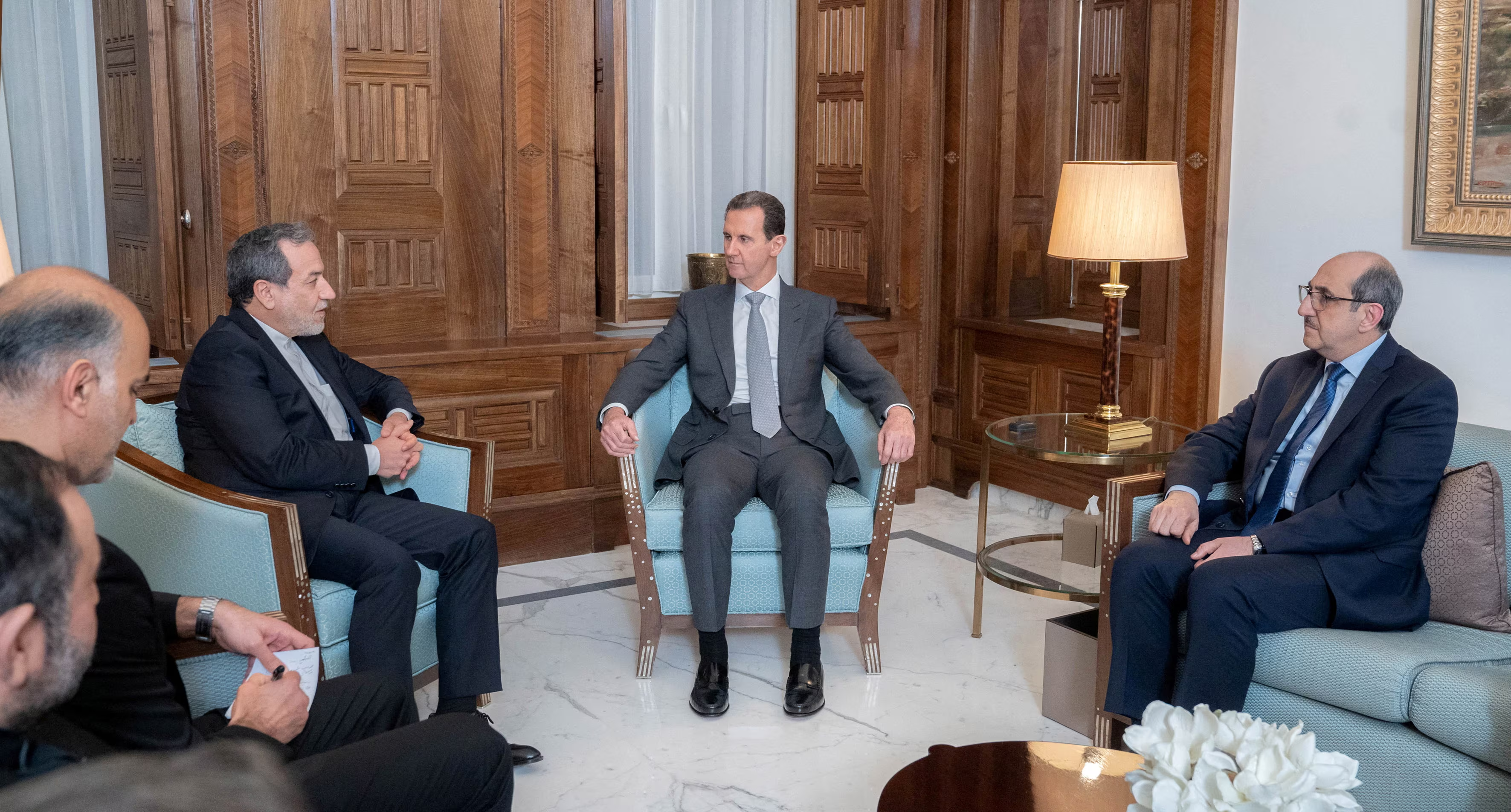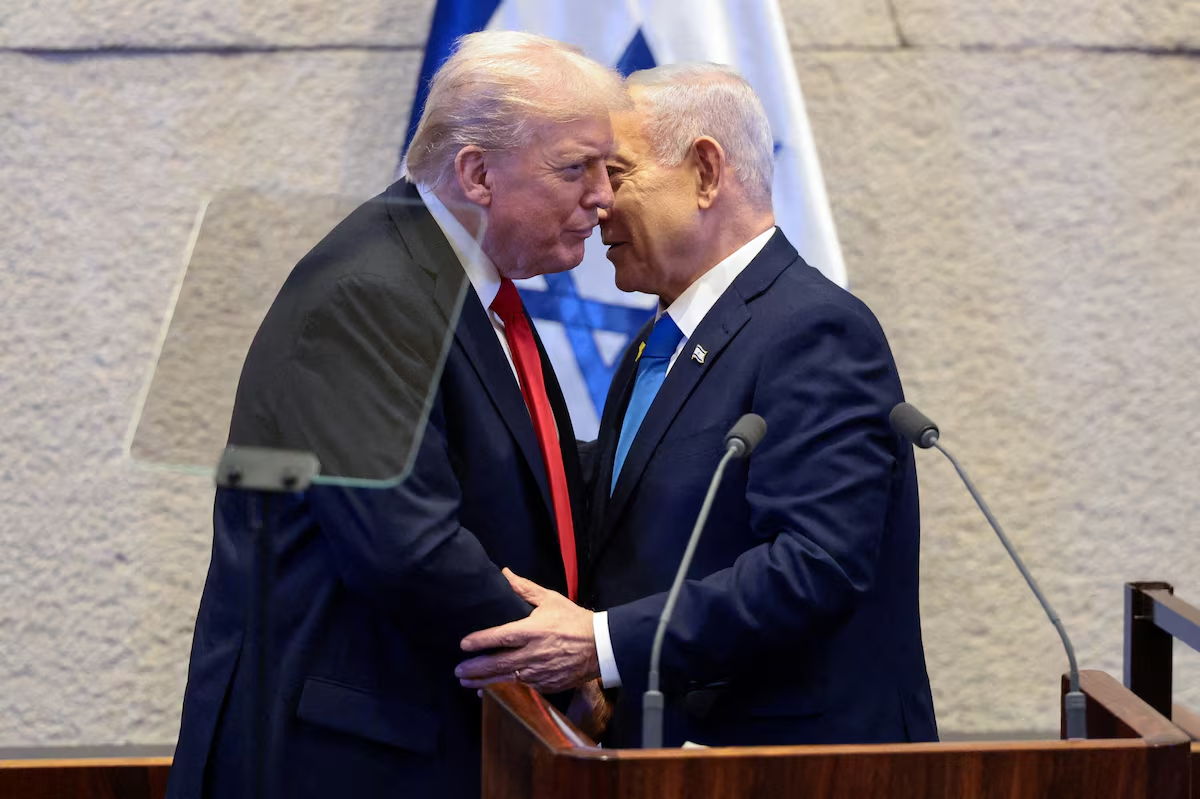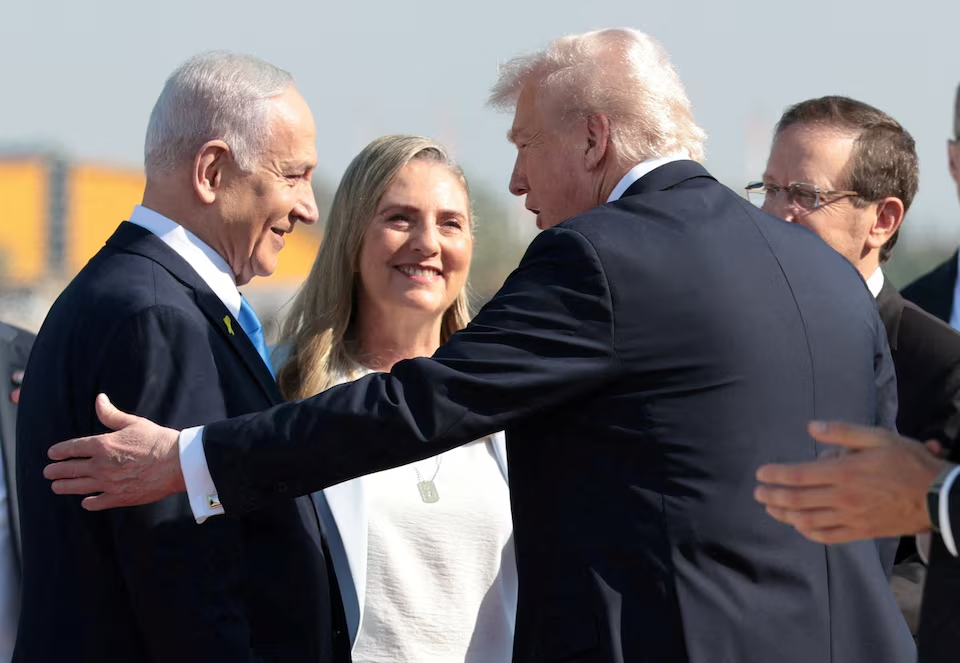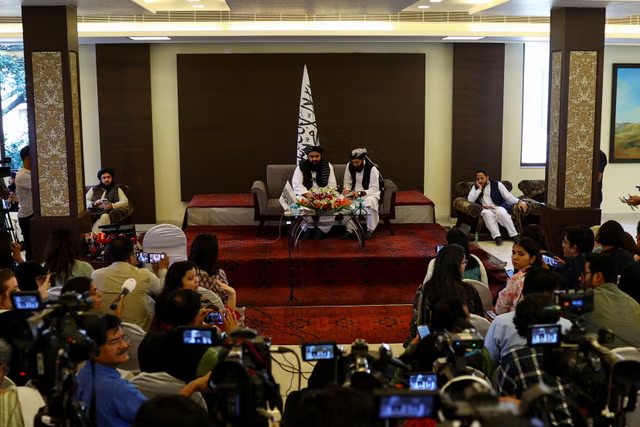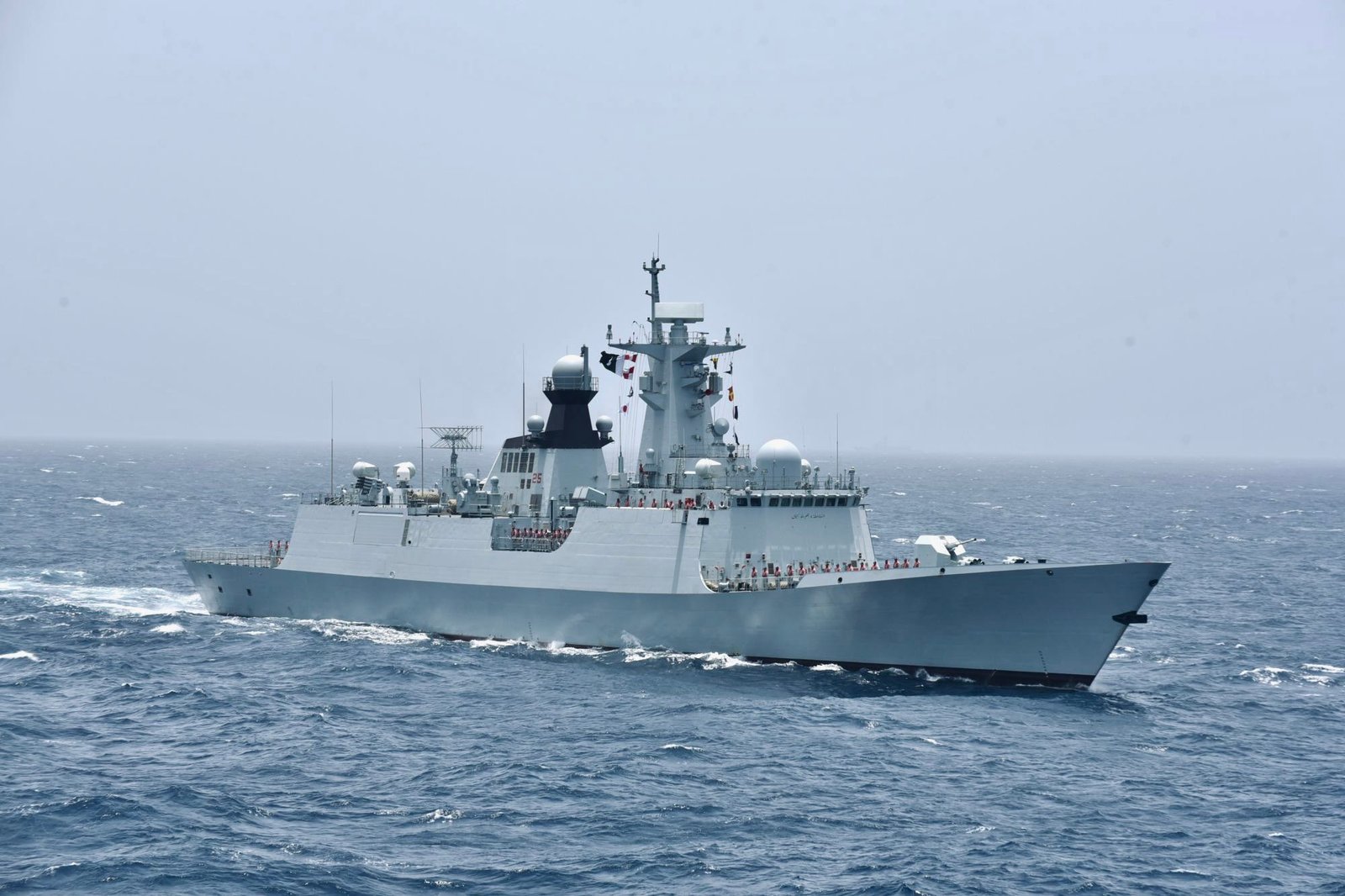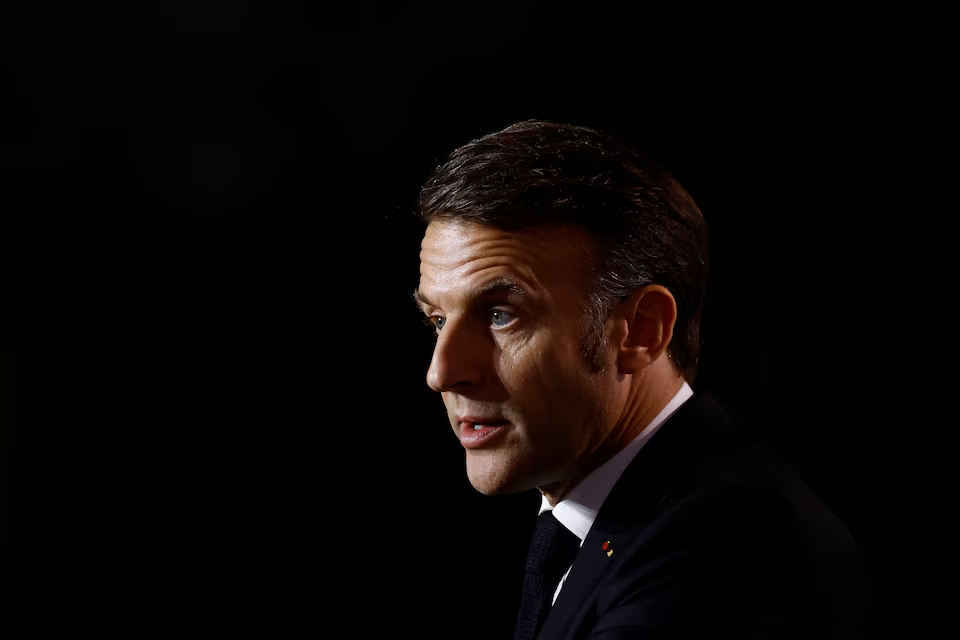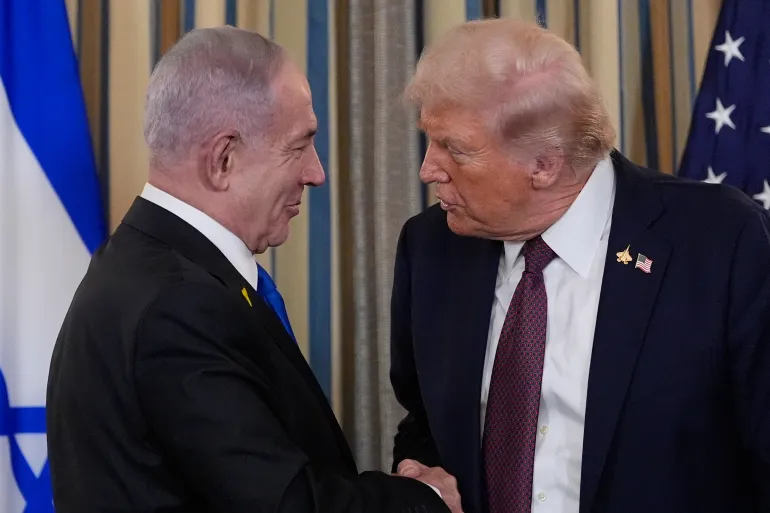U.S., UAE, and Iran Discuss Lifting Sanctions on Syria with Conditions
The United States and the United Arab Emirates (UAE) are in talks about the possibility of lifting sanctions on Syrian President Bashar al-Assad, according to sources familiar with the discussions. However, these discussions are contingent upon Assad distancing himself from Iran and halting arms supplies to Hezbollah in Lebanon.
U.S., UAE, and Iran Discuss Lifting Sanctions on Syria with Conditions
The United States and the United Arab Emirates (UAE) are in talks about the possibility of lifting sanctions on Syrian President Bashar al-Assad, according to sources familiar with the discussions. However, these discussions are contingent upon Assad distancing himself from Iran and halting arms supplies to Hezbollah in Lebanon.
The talks have gained momentum recently, driven by the upcoming expiration of U.S. sanctions on Syria on December 20, and Israel’s ongoing operations against Iran's regional network. The UAE's President Sheikh Mohammed bin Zayed Al Nahyan recently held a phone call with Assad, signaling efforts to re-engage Syria. Additionally, Iranian Foreign Minister Abbas Araghchi visited Syria, further demonstrating Tehran's continued support for the Assad regime.
UAE's Longstanding Goal to Distance Assad from Iran
The UAE has long sought to distance Assad from Iran to strengthen economic ties with Syria. However, U.S. sanctions have posed a significant barrier to this effort. The sanctions have hindered Syria's ability to engage with international markets, making it difficult for the UAE to achieve its goal of rebuilding economic relations with Damascus.
In recent years, the UAE has led efforts within the Arab world to reintegrate Assad, who had been largely isolated after the outbreak of the Syrian Civil War in 2011. The UAE sees potential in Syria's reconstruction, as well as in enhancing regional stability by reducing Assad's reliance on Iran, a key player in Syria's civil conflict.
Israeli Military Actions and Hezbollah's Shifting Focus
Meanwhile, Israel has ramped up its military actions targeting Hezbollah and Iranian military assets in Syria. Israeli airstrikes have focused on Syrian bases and weapon depots in a bid to weaken Hezbollah’s and Iran’s regional presence, particularly in Syria, which serves as a conduit for Iranian arms to Hezbollah in Lebanon.
In a sign of shifting priorities, Hezbollah has recently pulled fighters from Syria’s northern regions, potentially refocusing its attention on clashes with Israel in Lebanon. This shift suggests a broader regional realignment, with Israel and Iran engaged in proxy battles across the Middle East.
Regional Dynamics and Strategic Calculations
The evolving situation in Syria, Israel’s strikes against Hezbollah, and the possibility of a thaw in U.S.-Syria relations have created a complex diplomatic and military landscape. The UAE's efforts to reintegrate Syria into the Arab fold could lead to significant shifts in Middle Eastern geopolitics, particularly if Assad accepts the conditions set by the U.S. and UAE. How Syria navigates its ties with Iran, Hezbollah, and other regional players will shape the future of its reconstruction and its role in Middle Eastern diplomacy.
This ongoing dialogue, if successful, could pave the way for a more substantial normalization of relations between Syria and the broader Arab world, with potential implications for the balance of power in the region.

